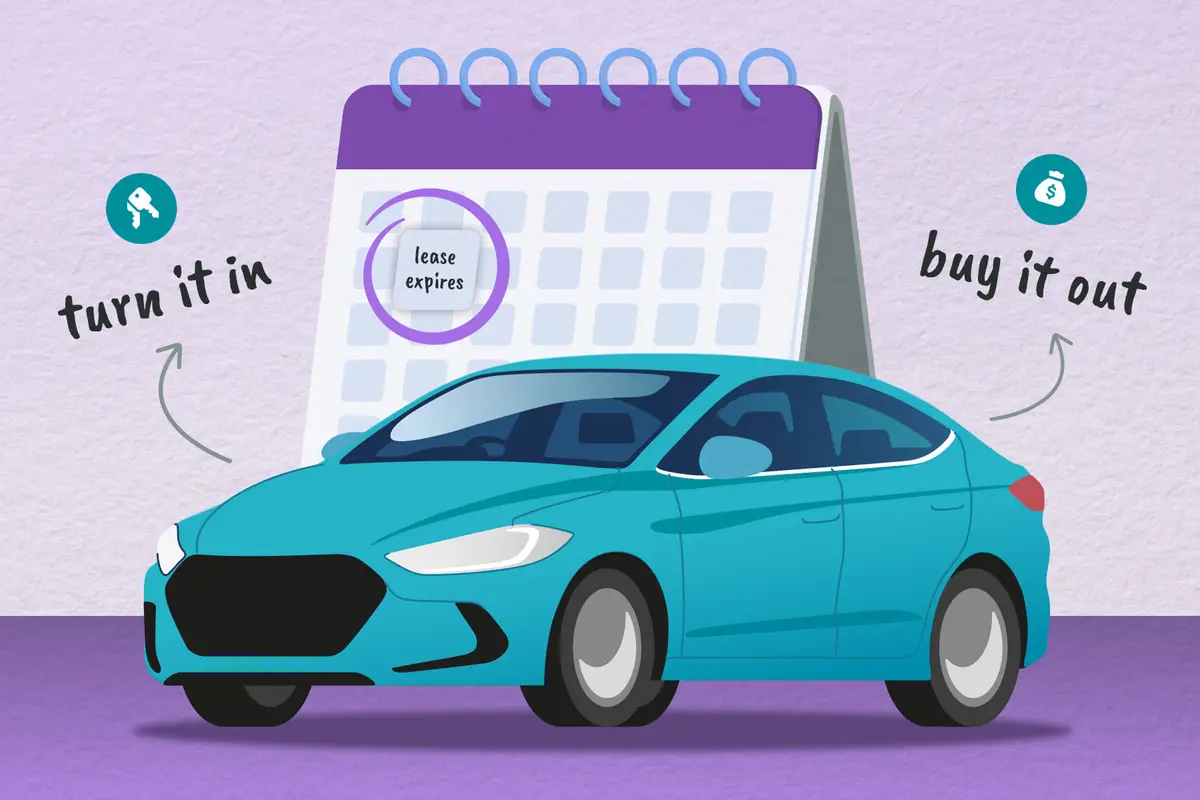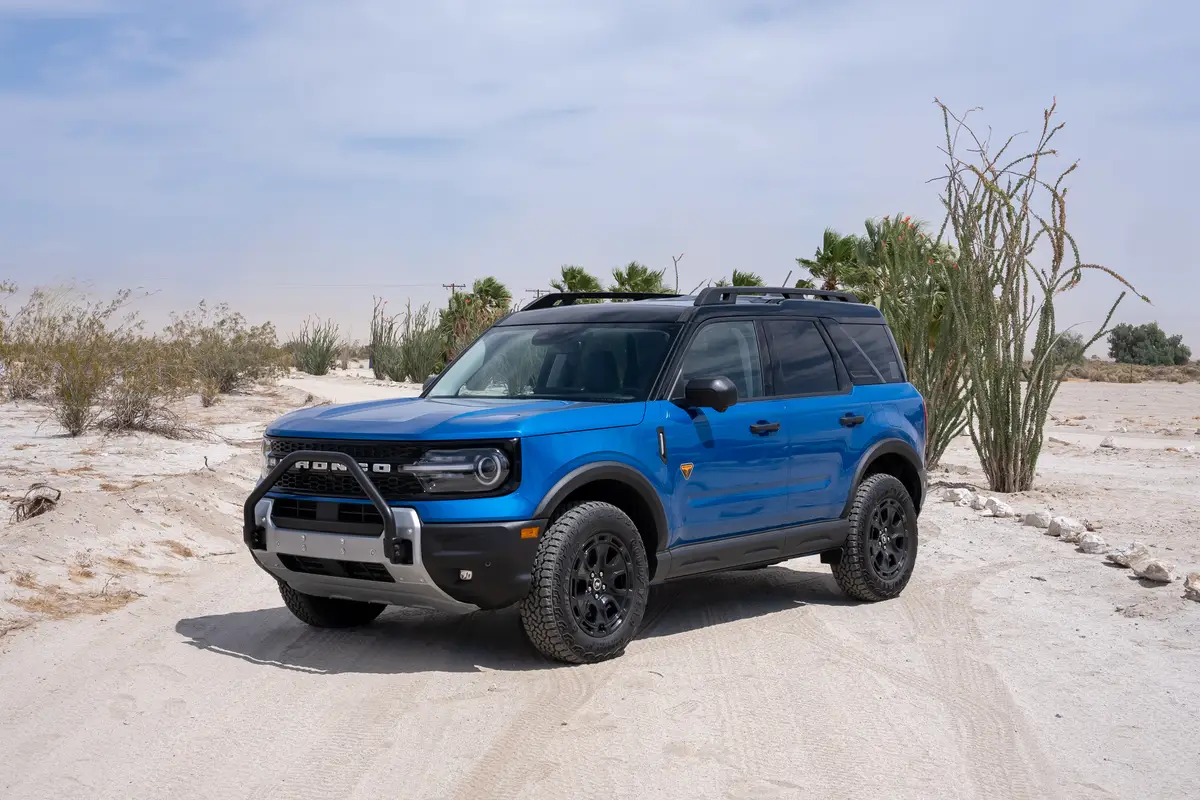Mind the Gap: The Downside of Sliding Second Rows

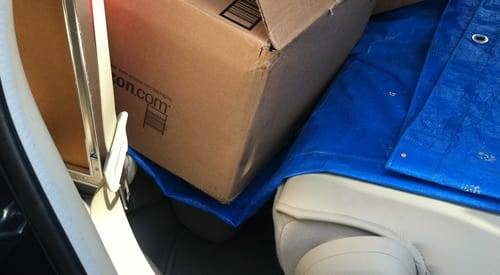
We love second-row seats that slide back and forth for the legroom versatility and easy access to third row. It’s extremely relieving to sit in the second row of an SUV, pull a lever and instantly gain five generous inches of legroom. But in some cases, there’s an unfortunate side effect: You may curse this versatility when loading cargo.
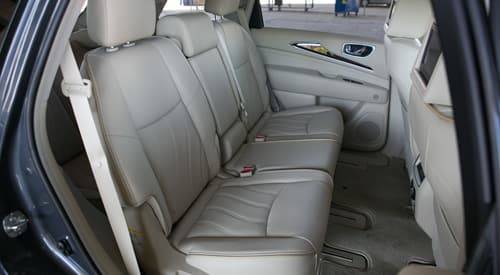
I recently used the 2013 Infiniti JX35 for a massive move that showcased problems with the luxury crossover’s sliding second row when carrying cargo. The JX’s second row slides up to 5.5 inches forward and back, leaving a big void when you fold the seat and slide it forward. You want it as far forward for the maximum amount of cargo space and floor, but it leaves a giant gap between the two sections of cargo floor created by folding the second and third seats flat. The JX is far from the only offender; the three-row Mazda CX-9 is another example.
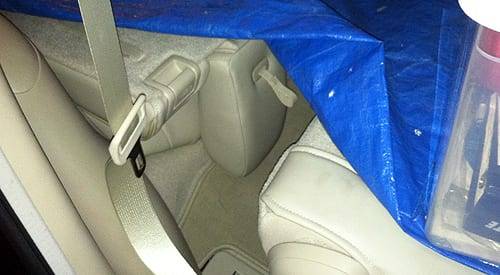
The JX served as my moving truck to haul 20-plus years of accumulation from my childhood home. There was no shortage of car magazines, books, baseball cards and forgotten car parts to haul over multiple trips across town. While driving, boxes and cargo of different sizes shifted and tipped into the gap between the second and third row.
Sliding the second row rearward made the gap smaller, but it also meant losing the JX’s maximum available floor space. I needed the full cargo area to carry as much as possible per trip, so I chose to deal with the gap. Organizing boxes full of books and magazines to avoid the gap was like playing a labor-intensive Tetris. Luckily, the blue tarp I used to protect the easily scuffed Wheat leather interior kept any items from inadvertently falling through or tipping over. Thank you, inner hillbilly, for always having a blue plastic tarp handy.
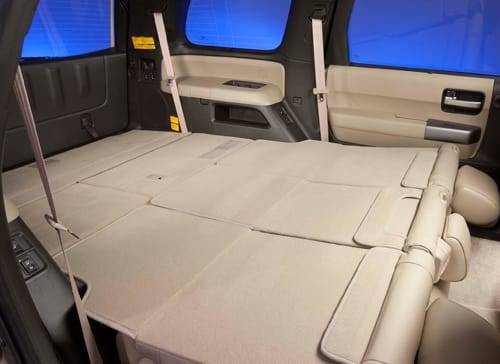
Some automakers address the gap by using a sliding plastic cover to bridge the distance as the seat moves, like in the Chevrolet Equinox. Three-row SUVs are a little trickier, but the Toyota Sequoia (above) has panels that flip out from the second row and cover the gap to the third row.
Those features go a long way to having the benefits of the sliding second row without compromise. Automakers may not address the gap in every SUV, but rest easy knowing that a quick solution is just one trip away to Fleet Farm (or any other discount hardware store) in the form of a blue tarp.
Related
2013 Infiniti JX Review
Research More SUVs
Infiniti JX’s Smart Second Row Means No More Squeeze Play

Managing Editor Joe Bruzek’s 22 years of automotive experience doesn’t count the lifelong obsession that started as a kid admiring his dad’s 1964 Chevrolet Corvette — and continues to this day. Joe’s been an automotive journalist with Cars.com for 16 years, writing shopper-focused car reviews, news and research content. As Managing Editor, one of his favorite areas of focus is helping shoppers understand electric cars and how to determine whether going electric is right for them. In his free time, Joe maintains a love-hate relationship with his 1998 Pontiac Firebird Trans Am that he wishes would fix itself. LinkedIn: https://www.linkedin.com/in/joe-bruzek-2699b41b/
Featured stories

